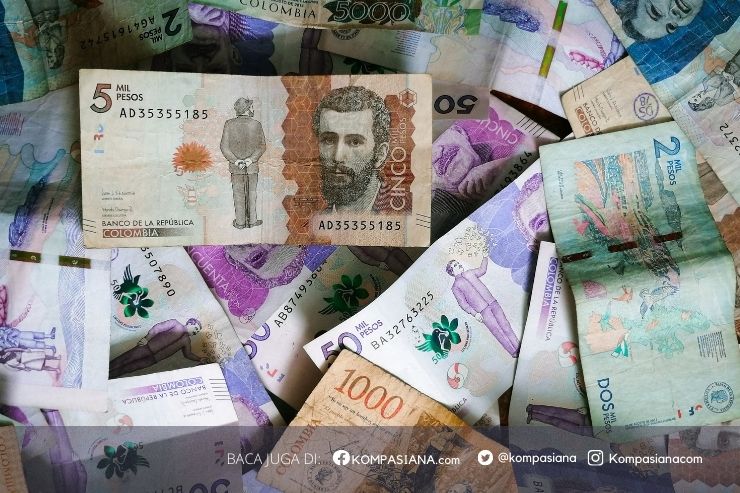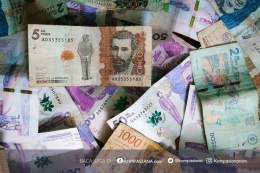Commuting in Jabodetabek is at a glance low cost based on the fare and the resident’s expenditure. Even so, taking into account the long time needed and the inconvenience, it is inefficient and exhausting.
As the population grows fast while the road length grows less, the use of private vehicles is for sure not the solution. The use of car makes the traffic more heavy and congested as the occupancy is mostly low. Meanwhile, the use of motorcycle may be cheaper but it exposes the commuters to fatal accidents. The cost to bear from the accident will wipe out the benefit of using motorcycle for commuting.
Having this condition, the development of efficient, convenient, and integrated mass public transportation couldn’t wait any longer. It will save the commuters time and reduce the congestion due to its reliability and speed. In turn, it will increase the resident’s productivity and boost the economy. As reported by American Public Transportation Association, the public transportation use has saved 865 million hours in travel time and 1.700 liter of fuels in 498 urban areas in US a year. It also reduced the congestion cost by $21 billion.
However, the development of mass public transport faces some major challenges. First, it needs huge funds to invest. For example, the cost of MRT & LRT Jakarta and LRT Jabodetabek is around Rp 47 trillion. Indeed, it’s cheaper compare to the similar project in other Asian countries. Parikesit and Susantono (2013) figured out the project cost per km of MRT Jakarta is US$ 7.5 million while the similar costs are US$ 80 million for Hanoi MRT, US$ 55.3 million for Ho Chi Minh City MRT, and US$ 36.1 million for Delhi Metro. Second, it won’t be easy to make the motorcyclist switch to public transport as they are accustomed to low cost commuting. Third, the public transport subsidy will burden the state budget and leave a smaller room for the governments to invest in other infrastructure projects.
To overcome the problem, the development of public transport should be planned carefully and executed hand in hand with other policies and meet some requirements. First, the public transport should be comfortable, fast, and reliable. The reliability of mass public transport will encourage people to choose this mode of transport. Second, the public transport operator should generate more income by optimally utilizing their assets to suppress the state subsidy. Third, the public transport should be integrated with another mode of transport to ease the way people to commute. Fourth, the development of public transport should be integrated with the land planning including the settlement of the residents. Having the settlement scattered, it will be difficult to design an efficient transportation system.
To conclude, the efficient and reliable mass public transportation system is a must for a competitive and sustainable cities. Not only could save the mobility cost, it also benefit the economy by the increasing productivity. The extra hours spent on the road could be saved to nurture the children, do exercises for a healthier living, or just relax to prepare for the next day working. At the end, the economy will keep on growing while at the same time the cities are becoming more livable for its residents and boost the national economy.
Follow Instagram @kompasianacom juga Tiktok @kompasiana biar nggak ketinggalan event seru komunitas dan tips dapat cuan dari Kompasiana. Baca juga cerita inspiratif langsung dari smartphone kamu dengan bergabung di WhatsApp Channel Kompasiana di SINI







